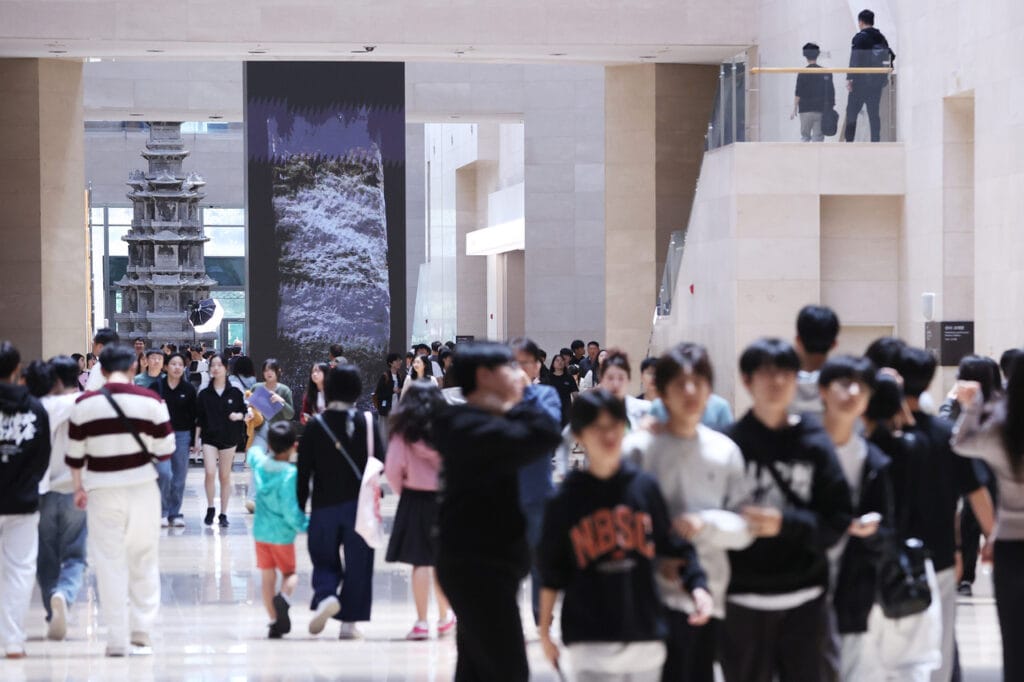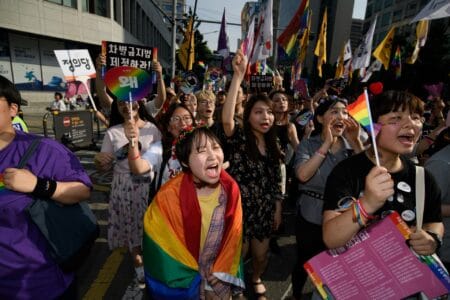October 23, 2025
SEOUL – The National Museum of Korea’s budget for acquiring artifacts has been frozen for the past decade despite the institution ranking among the world’s most-visited museums, government data showed.
According to data obtained by Democratic Party of Korea lawmaker Min Hyung-bae and made public Tuesday, the museum’s acquisition budget has remained virtually unchanged since 2015, when it was set at 3.98 billion won ($2.8 million). Even after minimal adjustments, the acquisition budget continued to hover around 3.98 billion won through 2024 — the latest year for which the figure is available — effectively shrinking in real terms given that consumer prices rose 19.98 percent over the past decade.
The museum recently celebrated record-breaking attendance, surpassing 5 million visitors for the first time in its 80-year history — up 69.7 percent from 2.96 million in 2023. According to UK-based The Art Newspaper, only four museums worldwide exceeded this threshold last year: the Louvre (8.74 million), Vatican Museums (6.83 million), British Museum (6.48 million) and New York’s Metropolitan Museum of Art (5.73 million).
Despite its global stature, Korea’s flagship museum operates with a fraction of the resources available to its international peers. The Metropolitan Museum of Art spent $229.59 million on acquisitions between mid-2018 and mid-2022, averaging $81.7 million annually. This is more than 20 times the Korean museum’s annual budget, according to the lawmaker.
The frozen budget has cost the museum opportunities to acquire important works of art and heritage in recent years. In 2022, when two gilt-bronze Buddhist statues designated as National Treasures came up for auction, the museum could not make a bid as the combined starting price of 6 billion won exceeded its entire annual budget.
The National Museum of Modern and Contemporary Art, Korea, the nation’s premier state art museum, faces similar constraints. Its acquisition budget declined from 6.1 billion won in 2017 and has remained at around 4.85 billion won since 2021, according to the data.
“Securing collections and expanding curatorial expertise is an investment in cultural sovereignty,” Min said. “To foster Korea’s cultural ambitions, we must start by bolstering investment in cultural infrastructure.”







